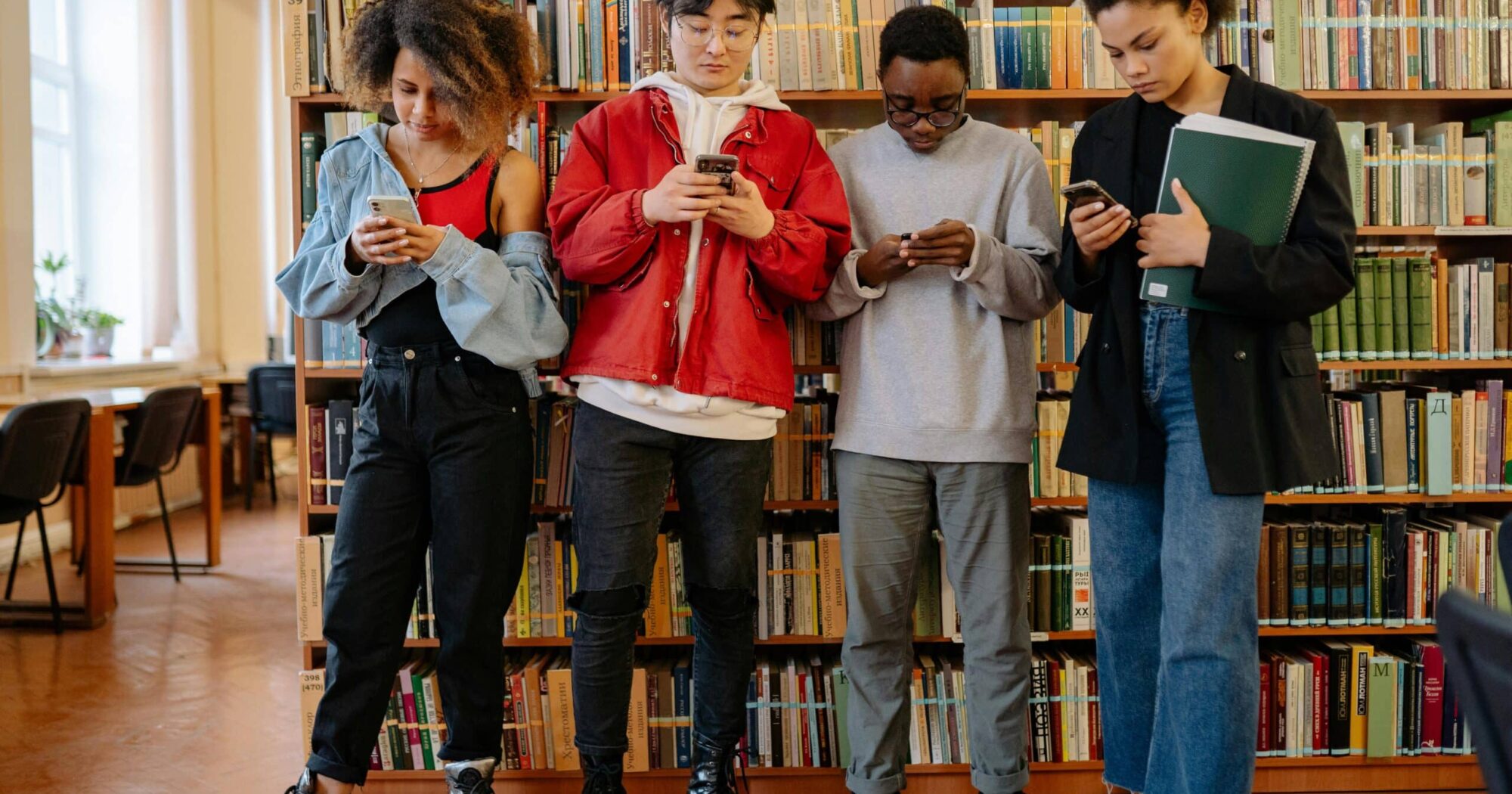Thought Leadership
The Rise of Discovery Within Social Media
Part 1 in our Social Media Series

Facebook became available to Boston area students in 2004. The first video was posted to YouTube in April 2005. Snapchat was born in 2011. Even TikTok has been around for over seven years (September 2016). It’s no surprise that social platforms have gone through several rounds of evolution, each coming more quickly than the last.
What stays consistent is a question: how can marketers use social media to create meaningful connections and galvanize supporters to action?
What changes often is the approach, and of course our creative and social experts have *thoughts.*
I sat down with Social Media Strategist Juliette Reilly and Associate Creative Director Kevin McAuley for a freewheeling conversation, which resulted in a three-part blog series that we’re sharing here. We discussed how audiences are using social for discovery and how algorithms have changed to feed this beast (or did they create it?); what organizations should consider when evaluating or starting a new social presence; and how to continually build trust with supporters through content and messaging authenticity, with a particular focus on video.
I’m so glad to share this conversation with you, and when your brain starts whizzing with ideas, let us know what you think!
Katryn Geane Crawford: Juliette, let’s start with you. You’ve been working in social media for many years, creating content and engaging with communities for Town Hall clients like No Kid Hungry, Love Has No Labels, and WildAid. In the last 5 years, how has social media evolved from the users’ perspective?
Juliette Reilly: Platforms have shifted to being more about discovery as opposed to talking to an insular community of your followers. That shift began with the boom of TikTok during the pandemic. Now, all of the other platforms have created algorithms that mimic TikTok’s For You page. From the user perspective, not every piece of content that you’re served is from people you follow, but luring you into something you might be interested in, and they’re hoping to get your attention.
Katryn Geane Crawford: And on the brand side – what is the biggest change in social media in the last 5 years for content creators, organizations, brands, etc?
Juliette Reilly: The focus on discovery has really changed how we create content. Now we’re keeping in mind that every piece of content we make might be on a new set of users and eyes. And so, having the ability to talk to and reach any limitless number of people is very different from talking to your 100 or 200 followers. Every piece of content has to be a compelling introduction to your brand, since it may be served to users who don’t know you yet.
“Platforms have shifted to being more about discovery as opposed to talking to an insular community of your followers.”
Katryn Geane Crawford: That is a big change, for both users and brands. Since platforms are evolving to focus more on discovery, and to your point, TikTok pioneered that focus, are there any other platforms that are approaching TikTok’s algorithmic sophistication? How are the other platforms keeping up?
Juliette Reilly: Yes, I think Instagram is getting closer. One of the advantages of this kind of algorithm on Instagram is that it is inherently a platform that is more about building a community. Differently from TikTok, Instagram is built more on who you follow, so your main feed is a combination of new discovery content and also people or brands you already know and love. So there is a world where you grow a following on Instagram now, and your followers will continue to see and engage with your content. As opposed to TikTok, where you can change in and out from the “following” feed and the discovery-focused “for you” feed, but most people are spending time on their “for you” page and aren’t building deep relationships with the people or brands they follow.
Instagram is not only getting close to TikTok’s level of algorithmic sophistication but also providing a different kind of value. That is a platform where building relationships between brands and followers is more possible, in addition to having discovery capabilities.
“Every piece of content has to be a compelling introduction to your brand, since it may be served to users who don’t know you yet.”
Katryn Geane Crawford: Kevin, I’d love to hear your thoughts on how social media has changed. You worked with our sister agency Situation as a Social Media Manager before taking on your Associate Creative Director role at Town Hall. How has TikTok changed the social media landscape?
Kevin McAuley: In many ways, TikTok is the verticalization of YouTube, so to me, TikTok felt like a very natural progression in terms of platform innovation. That’s why the introduction of Shorts felt much more natural to YouTube than Reels did initially for Instagram and Facebook. YouTube is also a search and discovery platform, just like TikTok, where you would see a mix of the content from channels you subscribe to, and also content that YouTube thinks you’ll like based on what you’ve watched.
TikTok is an evolution of that experience married with the addictiveness of short-form content and the endless scroll. It’s creator-powered but user-focused—as opposed to being community-focused or influencer-focused. Content that users respond to (regardless of who it’s from) is what wins.
But even though TikTok has built upon a similar user experience, YouTube is still very popular with young people. YouTube’s users are 93% Gen Z and Gen Alpha (ages 13 – 17), compared to TikTok’s 63% (Pew Research Center). YouTube is the sleeping giant of social; there’s still a ton of opportunity to reach a highly engaged user base, one that’s even larger than TikTok’s (Statsita).
Juliette Reilly: Another thing to keep in mind is the search capability on YouTube and TikTok. More and more people, especially Gen Z and Gen Apha, are using those platforms as a search engine over Google. And so you know, being able to find information about things told to you in entertaining video form is how a lot of people are getting their news now.
Join the conversation
To get the latest news, sign up for our bulletin.
